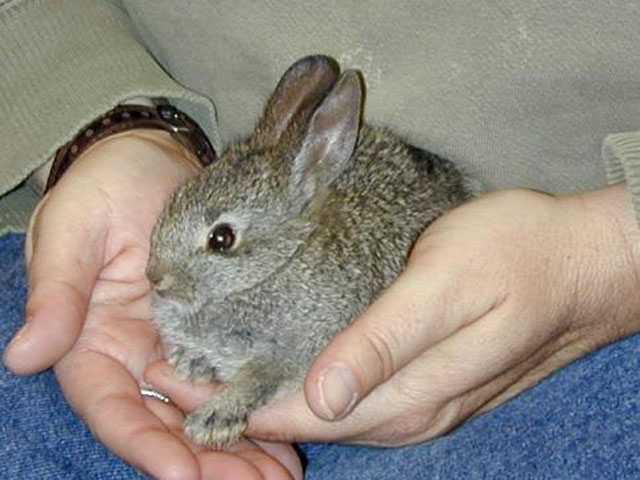The riparian brush rabbit is an endangered species now limited to just two tiny populations in Caswell State Park six miles south of Manteca and other spots further downstream.
The U.S. Fish and Wildlife Service, Bureau of Reclamation, California Department of Fish & Game and the Endangered Species Recovery Program of California State University, Stanislaus are working to reintroduce the brush rabbit to native stream side habitat in the northern San Joaquin Valley.
The severe flooding in January 1997 significantly reduced numbers of the brush rabbits at the state park located at the end of Austin Road along the Stanislaus River. The subsequent sluggish increase in population since then prompted the development of a captive breeding plan.
The riparian brush rabbit is a small to medium sized cottontail whose back and sides are covered with dark brown and gray fur. Their bellies are white.
They can reach a length of 13 inches and weigh almost two pounds. The riparian is among 13 subspecies of brush rabbits, eight of which are found in California.
A small tail and long, uniformly colored ears help distinguish it from other subspecies.
Unlike other cottontails that may breed year round, the female riparian brush rabbit breeds only from January to May. Only five of six brush rabbits survive intro the next breeding season.
More than 90 percent of the Central Valley’s riparian forests have been cleared since 1850 prompting the decline in riparian brush rabbit population.
The rabbit has been protected by California’s Endangered Species Act since 1994 and was extended federal protection in February of 2007.
A six-acre riparian brush habitat has been dedicated in the River Islands at Lathrop project as part of a 900-acre greenbelt.
Endangered riparian brush rabbit is found only south & west of Manteca




